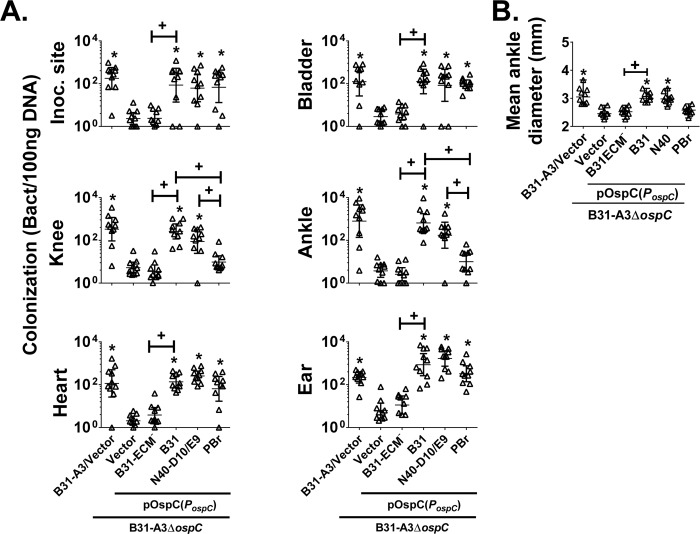Fig 5. OspC variants promote distinct B. burgdorferi tissue colonization profiles at 21 days post infection.
(A): C3H/HeN mice infected with 104 B. burgdorferi strain B31-A3/pBSV2G (“B31-A3/Vector”), ospC-deficient strain B31-A3ΔospC/pBSV2G (“Vector”), or the deletion strain bearing a plasmid encoding the indicated OspC variants were euthanized at 21 days post infection. The bacterial loads at the inoculation site, ear, bladder, heart, knee, and ankle were determined by qPCR. Data shown are the geometric mean of bacterial loads ± 95% confidence interval of 10 mice per group. Statistical significance was determined using ANOVA with the Kruskal-Wallis test followed by the two-stage step-up method of Benjamini, Krieger and Yekutieli. Significant (p < 0.05) differences in spirochete number relative to the ospC deletion strain (“*”) and between two strains relative to each other (“+”) are indicated. (B) Joint diameter of mice infected with 104 of B. burgdorferi strain B31-A3/pBSV2G (“B31-A3/Vector”), ospC-deficient strain B31-A3ΔospC/pBSV2G (“Vector”), or the deletion strain bearing a plasmid encoding the indicated OspC variants was measured by caliper on day 21 post infection. Data shown are the median of the diameter of ankle joints ± the range of these values in 10 mice per group. Statistical significance was determined using ANOVA with the Kruskal-Wallis test followed by the two-stage step-up method of Benjamini, Krieger and Yekutieli. Significant (p < 0.05) differences in the average diameter of ankle joint relative to the ospC deletion strain (“*”) and between two strains relative to each other (“+”) are indicated.

